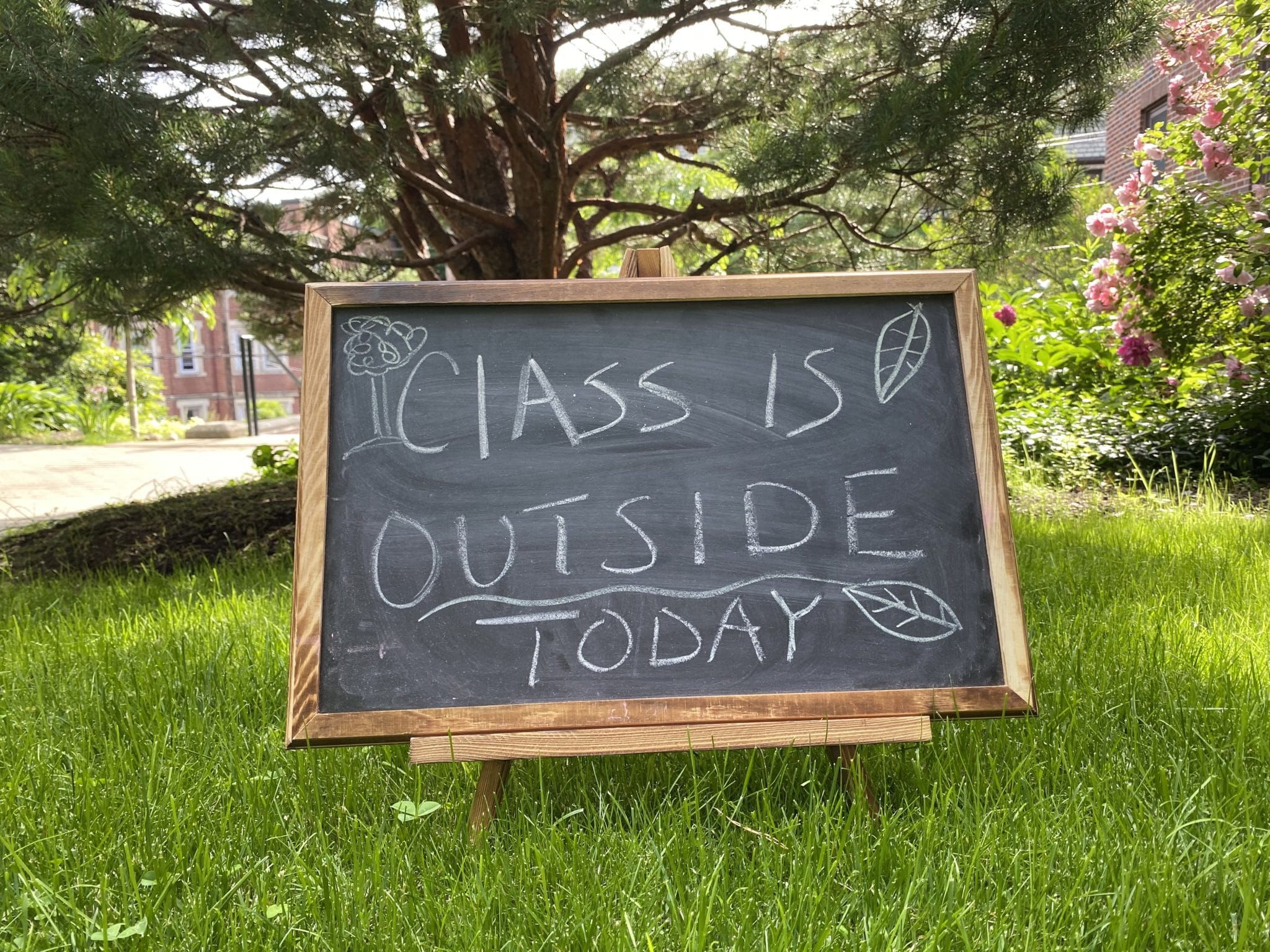
As we move towards a slow and gradual reopening of society after Covid-19 restrictions, we are getting a sense that “back to school” will look very different this year.
Social distancing in a school setting is causing school administrators and educators to rethink their use of space. And while many school districts will undoubtedly focus on keeping kids confined and controlled by limiting their space, classes, and movement, there are some glimmers of hope from around the world. Some education leaders are taking learning in the opposite direction, giving kids more space by taking learning outside.
It started with Denmark, which became the first country in the Western world to reopen its elementary schools since the start of the coronavirus pandemic. As a way to safely reopen schools while maintaining social distancing between students, students were heading outside for learning as much as possible.
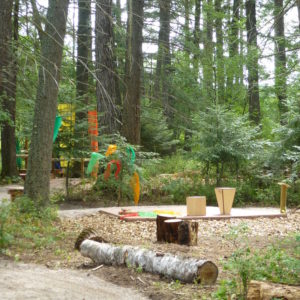
In Scotland, local authorities are considering how outdoor learning could be used to get children back into education once restrictions are raised. The country’s children’s minister, Maree Todd, said in an article: “There are a growing number of fully and partially outdoor childcare settings in Scotland. This model could have many benefits for maintaining physical distancing and minimizing risk of transmission as part of the transition from lockdown back into early learning and childcare and school.” It might be an easier transition for schools in Scotland as learning outdoors is already a part of Scotland’s “curriculum for excellence.” And many councils are planning to expand outdoor learning in order to meet the Scottish government’s commitment to a near-doubling of funded childcare this year.
Likewise in Northern Ireland, outdoor teaching is under consideration, along with POP-up classrooms in community centers and public buildings could help enforce social distancing when schools return.
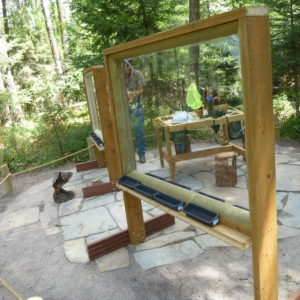
The U.S. is seeing some movement outdoors as well. In Montana, some schools are testing out outdoor space for learning. Cottonwood Elementary in Gallatin County started in-person learning largely outdoors after their school board asked for parent input to make the decision for the students in the K-5 school. “We had an overwhelming majority say, ‘Let’s just do field-based learning because it’s so much work to clean the school, open the school and only for a couple of weeks if that.’ explained teacher, Abby Eichenberger. “So they all just thought it sounded great to learn outside and get the kids back together.”
Sharon Danks, the CEO of the Berkeley, Calif.-based Green Schoolyards America, which advocates for more outdoor access for students, told Education Week that she thinks the time is right for schools to think about using the outdoor spaces around them for teaching. Danks hopes to encourage school districts to consider the outdoors in their reopening plans.
Heading outdoors for learning it’s not as hard as it sounds. Setting up an outdoor classroom is relatively inexpensive compared to the other options that districts are considering, including buying temporary portable units, Danks told Education Week.
Outdoor learning spaces can range from a relatively bare-bones set up with logs under a tree to canopies erected over lawns or asphalt, with benches and chairs for seating. Districts can set up classrooms in already existing gardens, on lawns, or over asphalt on their property, explains Danks. There are many models for taking learning outdoors, ranging from a permanent outdoor classroom to heading outside for a single class during the day.
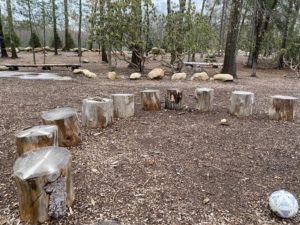
Of course, there is a learning curve for effective outdoor teaching. It’s important that educators understand how to use an outdoor environment effectively, as well as to plan for weather, insects and other elements of the outdoors. Luckily, there are resources available to help make the transition easier. A number of organizations, such as Outdoor Classroom Day, Learning through Landscapes, EcoSchools and The Garden Classroom, offer training packages giving teachers the basic skills they need.
And of course, there are many reasons outdoor learning makes most sense during social distancing restrictions. Outdoor space allows for social distancing to happen more naturally. It also provides much-needed fresh air and ventilation. And studies suggest outdoor activities pose a lower risk than those done indoors. “Enjoy nature. It’s good for us, and it has very low risk of spreading the virus,” recommended Tom Frieden, former director of the Centers for Disease Control and Prevention.
Some experts argue that after the restrictive living conditions our kids have endured for months due to COVID-19 public health measure outdoors, as well as the stressful climate of our society today, being outdoors can provide a much-needed boost to students' social, emotional, and mental well-being.
“Children will need enhanced access to high-quality play opportunities when they return. This means healthy social interaction, authentic play and a sense of security. They need a safe refuge away from the fears of the world," Occupational Therapist and author, Angela Hanscom, wrote in a recent Washington Post piece.
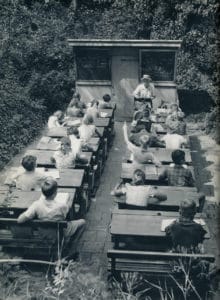
While most school districts will balk at the idea of heading outdoors for class, imagining liability issues ranging from bug bites to traffic safety, it’s important to keep in mind that we’ve done it during previous pandemics. To help prevent the widespread rise of tuberculosis that occurred in the period leading up to the Second World War, many schools in Europe transformed themselves into Open Air Schools complete with outdoor desks. This approach spread to other parts of the world due to the increased health benefits for children.
Maybe a silver lining to Covid-19 and the steady stream of restrictions and changes to our daily lives is that more schools return to outdoor learning. Beyond controlling a pandemic, outdoor learning just might become more appreciated and more mainstream.

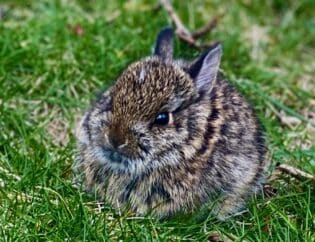
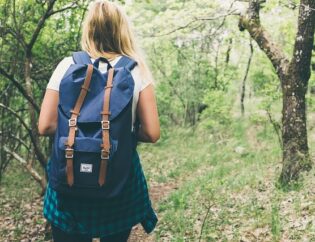




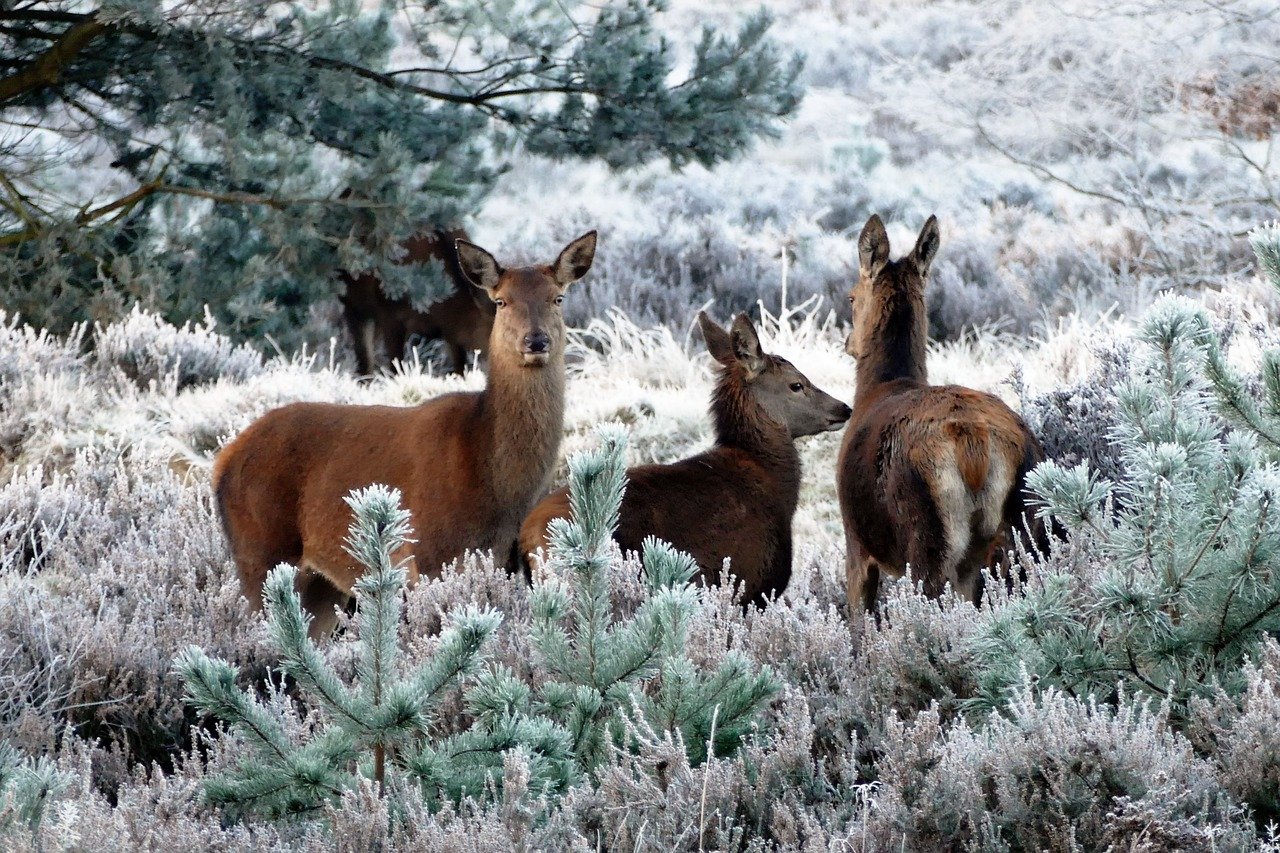



Yes, recently where the spreading of covid-19 occur more indoors than outdoors, so outdoors learning becomes a wise choice for the sake of our kids and their future.
Yes the school and parents have to be a bit extra conscious. If the student does not feel well, he should take rest with treatment. This we have been already doing….Good day to all above friends…